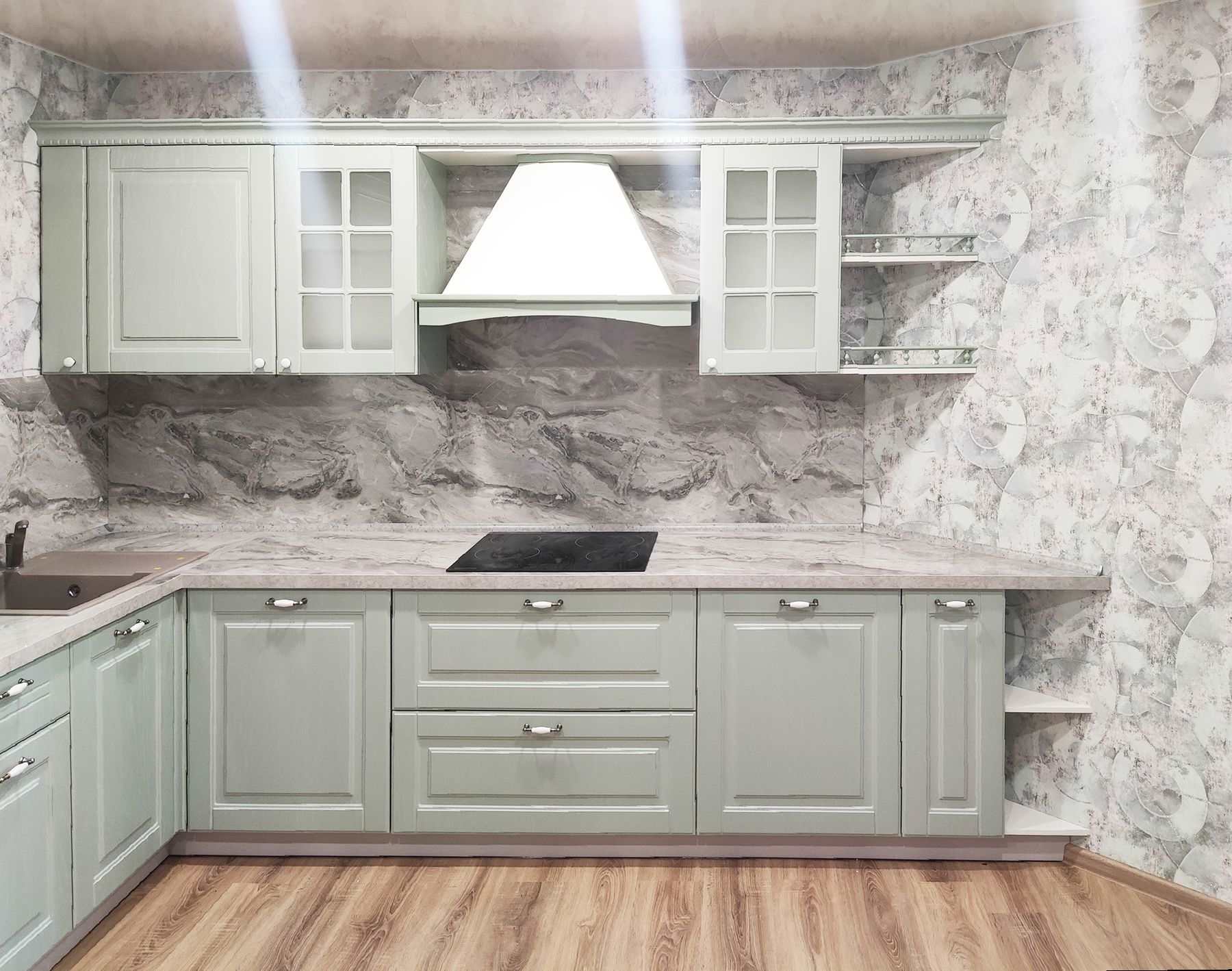
Culinary Spaces Redefined: Essentials
The kitchen is more than just a place to cook—it’s the heart of the home where we gather, share, and create memories. As culinary spaces evolve, so do our expectations of functionality, design, and technology. This article explores the essentials of modern culinary spaces that have been redefined by innovation and changing lifestyles.
The Modern Minimalist Kitchen
The era of minimalist kitchens is upon us, emphasizing clean lines, uncluttered spaces, and a neutral color palette. This design philosophy is not just about aesthetics; it is about creating a functional and efficient workspace. The emphasis is on quality over quantity, with a focus on streamlined designs that hide appliances and reduce visual clutter. Durable materials like quartz and stainless steel are preferred for their longevity and ease of maintenance.
Smart Technology Integration
Technology has entered the kitchen in full force, with smart appliances and devices that offer convenience and efficiency. Refrigerators that can help manage your grocery list, ovens that can be controlled remotely, and voice-activated faucets are just the tip of the iceberg. The integration of technology helps to streamline meal preparation and allows for more precise control over cooking techniques, ultimately elevating the culinary experience.
Flexible Workspaces
The kitchen is no longer just for cooking; it’s also a place for socializing, working, and dining. As such, kitchen designs now incorporate flexible workspaces that can easily adapt to a variety of activities. Kitchen islands have become multifunctional hubs with built-in sinks, dishwashers, and seating areas. The inclusion of movable trolleys or adjustable countertops can accommodate different tasks and users of varying heights, making the kitchen experience more inclusive and versatile.
Sustainable Practices
Sustainability is a growing concern in kitchen design. Many are looking to reduce their environmental impact by choosing energy-efficient appliances, LED lighting, and water-conservation fixtures. Materials are also being chosen for their sustainable qualities, such as bamboo for cabinetry or recycled glass for countertops. Additionally, composting systems and indoor herb gardens are becoming popular for waste reduction and food freshness.
Personalization and Character
Despite the trends toward minimalism and technology, there is also a desire for kitchens to reflect personal style and character. Customization is key, with unique color schemes, bold backsplashes, and artisanal hardware. Homeowners are looking for ways to inject their personality into their kitchens, making it truly their own through custom cabinetry, statement pieces, and decorative touches that tell a story.
Conclusion
The culinary space is no longer a one-size-fits-all room. Instead, it has become a reflection of the individual’s lifestyle, cooking habits, and personal taste. The redefined essentials of a modern kitchen blend function and form, innovation and sustainability, personalization, and versatility. By embracing these elements, one can create a culinary space that is both timeless and on the cutting edge of design and technology.